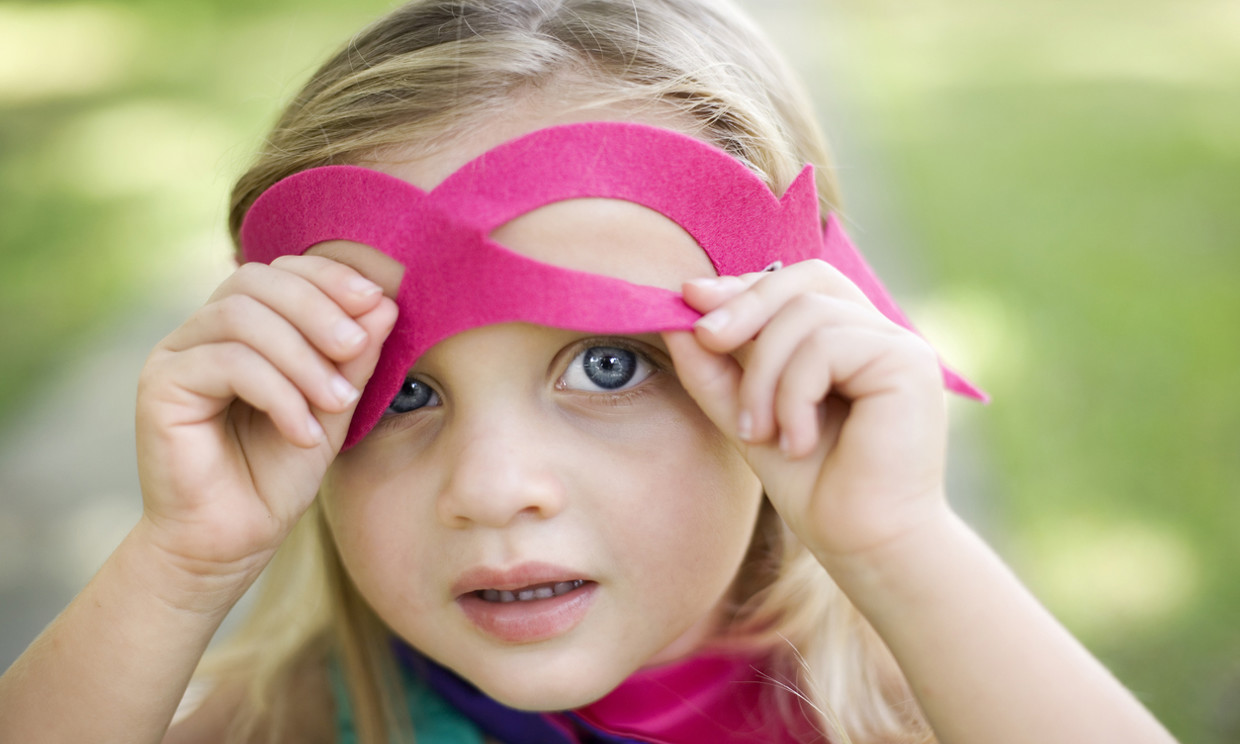Many parents will remember those months or years when their three-year-old boy or girl refused to leave the house without a Batman cape and a bike helmet.
Dressing up as a superhero is a form of imaginative or dramatic play in which children use costumes, figurines or other props to imitate the characters they admire.
It comes about from children’s exposure to television, DVDs and computer games and sees the child acting out what they have seen on TV.
In the past, some schools and early learning environments have chosen to ban or restrict superhero play because of its sometimes-violent themes.
Children engaged in play may act aggressively and hurt or threaten each other, there may be an increased risk of accidents, and some children may be excluded because of their lack of age or skills.
But while children may need some assistance in learning the rules of engagement for superhero play, it is an important part of growing up.
Former Goodstart Early Learning capability and early learning strategy general manager Heather Finlayson said if you took superhero play away from children, they may not clearly understand what they were observing or watching on television or in movies.
“There is a difference between encouraging combat play and managing play situations to enable them to get what they need out of it,” Ms Finlayson said.
“When we talk about intentionality it’s about enabling them to process what they see – which is the whole point of play.”
Tips to helping children safely engage in superhero play
- Point out the differences between good guys and bad guys. Children don’t necessarily distinguish real people from fictional characters so it’s useful to point out “good” characteristics such as kindness and helpfulness.
- Teach children the different between rough and tumble play versus aggression. Falling over, gentle wrestling and hitting without hurting is fun rough and tumble, while threatening, humiliating and real hitting is aggressive.
- Encourage preschools to practice conflict resolution and heroism.


